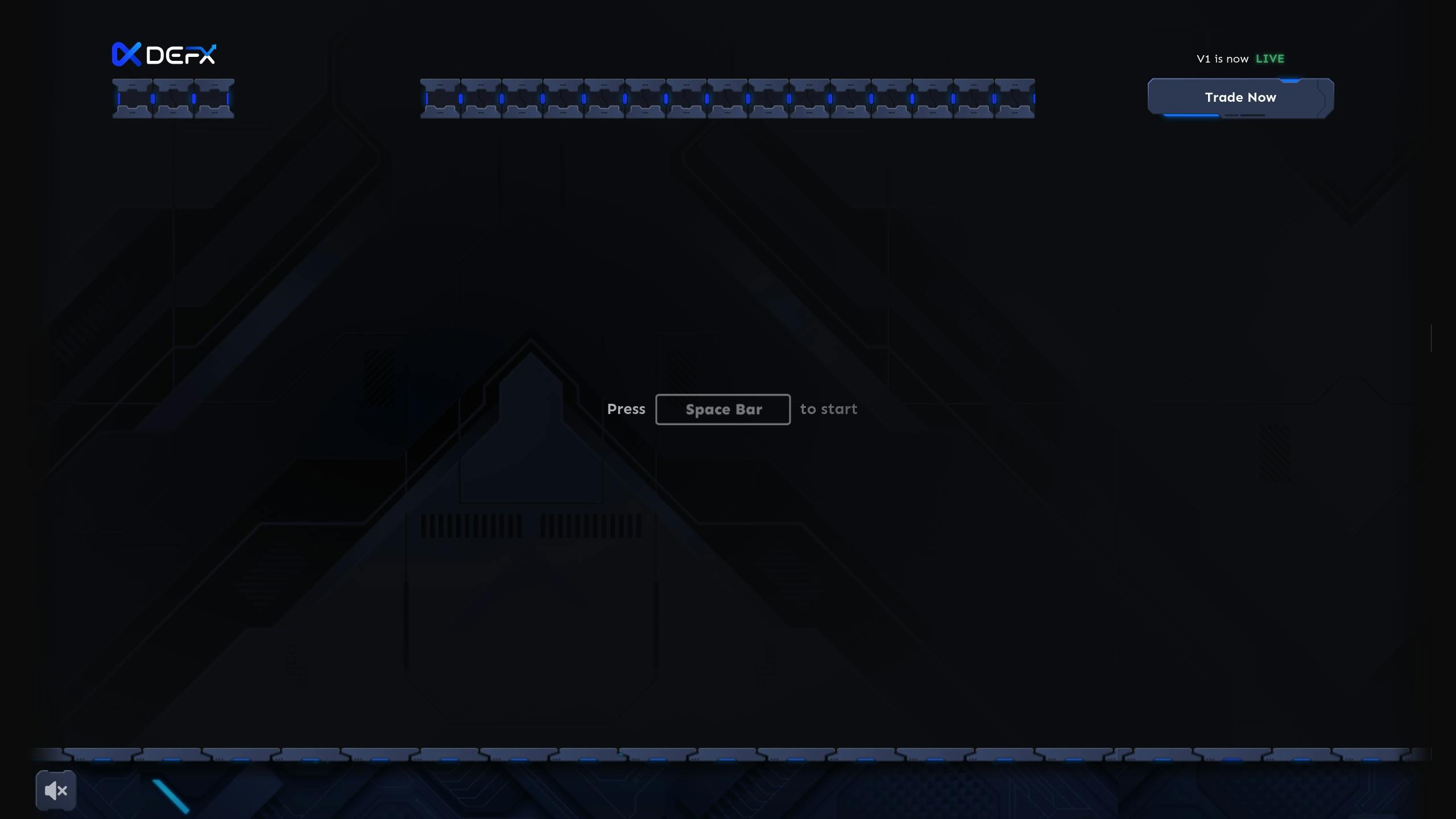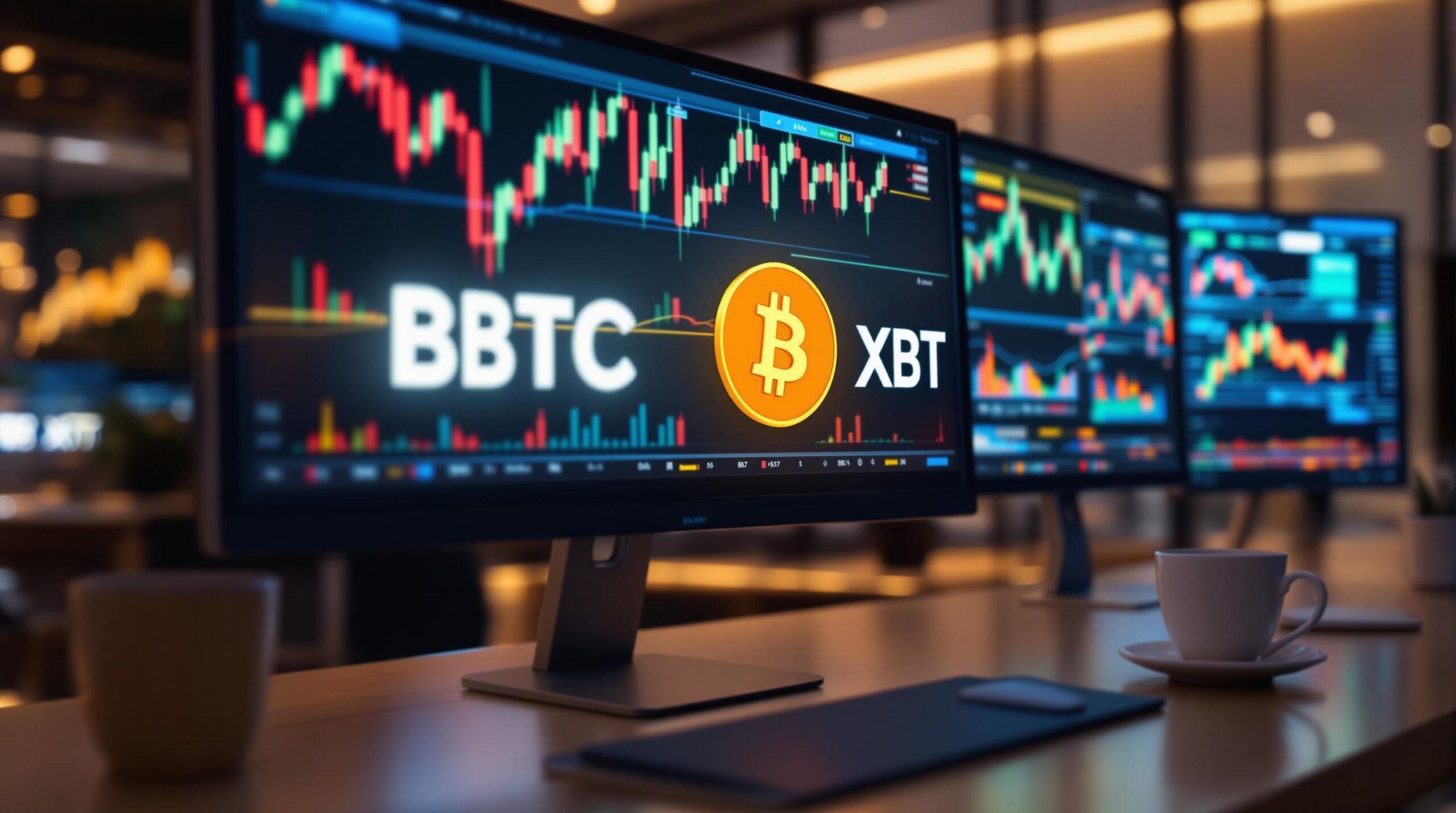Exit liquidity refers to the ability to sell your cryptocurrency at your desired price without significantly affecting the market. However, if you become someone else’s exit liquidity, you might be buying assets that are hard to sell later, often at a loss. This is common in pump-and-dump schemes or markets controlled by large traders (whales).
Key Points to Understand:
- Why It Matters: Exit liquidity impacts your ability to trade without slippage, avoid illiquid positions, and protect your investments during downturns.
- Warning Signs: Look for sudden volume spikes, rapid price jumps, coordinated social media hype, or large wallet movements.
- Leverage Risks: High-leverage trading increases exposure to exit liquidity issues, making even small price changes risky.
- How to Protect Yourself: Use stop-loss orders, monitor liquidity metrics like Total Value Locked (TVL), and avoid overly hyped or low-liquidity tokens.
Quick Example: In March 2024, a whale manipulated the POPCAT token to make a $7.32M profit, leaving other traders stuck with losses. This highlights how large players can create exit liquidity traps.
Stay Safe: Always assess token liquidity, use tools like DEX aggregators, and stick to sound risk management practices to avoid becoming exit liquidity.
Crypto Pump and Dump EXPLAINED: How to Spot and Avoid It
How to Spot Exit Liquidity Traps
Exit liquidity traps can derail your trades. Knowing how to identify them is key to safeguarding your investments.
Common Exit Liquidity Patterns
Pump-and-dump schemes are a major type of exit liquidity trap. A 2018 study found over 3,400 pump-and-dump schemes in just six months on two group-messaging platforms. These schemes rely on coordinated buying to inflate prices. Once the price spikes, early participants sell off their holdings, leaving late buyers stuck with assets that lose value quickly.
In March 2024, a whale’s strategic trades in POPCAT resulted in a 633% return and a $7.32 million profit. This example shows how large traders can manipulate markets for personal gain.
Warning Signs
Here are some red flags to watch for:
| Warning Sign | What to Look For |
|---|---|
| Volume Anomalies | Sudden, unexplained spikes in trading volume |
| Price Movement | Rapid price jumps without any solid fundamentals |
| Social Media Activity | Coordinated promotions or posts urging immediate buys |
| Liquidity Metrics | Noticeable drops in order book depth or fewer trading pairs available |
| Whale Movements | Large wallet transfers heading to exchanges |
Example: Major Exit Liquidity Event
A pump-and-dump scheme once exploited retail investors’ fear of missing out (FOMO). Prices were driven up artificially, only for early participants to sell off quickly, leaving latecomers with heavy losses.
To avoid falling into these traps:
- Trading Volume: Keep an eye out for unusual surges or drops.
- Market Depth: Review the order book to ensure stability.
- Social Sentiment: Be cautious of overly hyped projects or campaigns.
- Project Fundamentals: Verify the legitimacy of a project before investing.
While high trading volume often suggests better liquidity, it doesn’t guarantee safety. Even in active markets, large holders can coordinate moves to create exit liquidity events. This risk is especially pronounced in leveraged trading, where potential losses can multiply.
Exit Liquidity in Leverage Trading
Leverage Multiplies Risk
Leverage in trading turns small market movements into major risks. It significantly increases your exposure to exit liquidity challenges, especially in cryptocurrency markets. Even minor price changes can lead to heavy losses or forced liquidations. For instance, using 10× leverage means a mere 10% price drop could completely erase your investment.
Exit liquidity becomes even more critical when leveraging because:
- Market volatility affects your position more intensely.
- Price slippage has a larger impact.
"With leverage trading, even a 5% market move can double your returns – or wipe out your position." – Cryptopedia Staff
This highlights why understanding exit liquidity in different trading modes is essential.
Spot vs. Leverage Risk Comparison
Spot and leverage trading handle exit liquidity risks very differently. Here’s how they compare:
| Aspect | Spot Trading | Leverage Trading |
|---|---|---|
| Initial Investment | Limited to the invested amount | Controls a larger position with less capital |
| Maximum Loss | Capped at the invested amount | Can exceed the initial deposit due to leverage |
| Exit Flexibility | Time to wait for better conditions | May face forced liquidation in volatile markets |
| Liquidation Risk | No risk of forced liquidation | High risk of liquidation during sharp moves |
| Market Impact | Minimal impact on market prices | Greater impact due to larger positions |
| Exit Liquidity Need | Can exit gradually | May need immediate liquidity for margin calls |
To protect leveraged positions, keep a close eye on them, choose less volatile assets, and ensure you have enough margin to avoid forced liquidation.
The connection between leverage and exit liquidity becomes even clearer during market turbulence. On decentralized exchanges (DEXs), high-leverage positions are particularly vulnerable to slippage and price manipulation when the market moves suddenly. Lower leverage allows more room to manage market swings, while high leverage can lead to instant liquidation from even small price shifts. During volatile periods, traders using high leverage often end up as exit liquidity for larger players.
sbb-itb-dd9e24a
How to Protect Against Exit Liquidity
Checking Token Liquidity
Before committing to any position, it’s crucial to evaluate liquidity. Key metrics like Total Value Locked (TVL) and 24-hour trading volume provide insight into market stability and potential slippage risks. A higher TVL often means better liquidity and a lower chance of significant price changes during trades.
Here are some tools to help you assess liquidity:
- Matcha Liquidity Score: A score of 5 indicates $100K available within 2.5% of the market price, while a score of 7+ supports trades of $1M+ with minimal price impact.
- DEX Tools: Offers real-time updates on liquidity changes and helps you identify unusual activity.
- Gecko Terminal: Tracks liquidity pool metrics across various exchanges.
Once you’ve assessed liquidity, it’s time to apply strategies to protect your trades.
Safety Measures
Taking precautions can significantly reduce the risk of becoming exit liquidity. Here are some effective strategies:
| Strategy | How to Implement | Risk Reduction |
|---|---|---|
| Stop-Loss Orders | Set automatic exit points at specific price levels | Minimizes losses during sudden market shifts |
| Position Sizing | Limit trades to 1–2% of your portfolio | Prevents significant losses from a single trade |
| Liquidity Lock Verification | Use tools like Unicrypt or Team.Finance | Ensures liquidity can’t be withdrawn unexpectedly |
| Vesting Schedule Monitoring | Keep track of token unlock dates | Avoids periods of heavy sell pressure |
Additional precautions you can take:
- Use DEX aggregators like 1inch to secure the best swap rates.
- Watch for sudden TVL drops, which could signal a potential rug pull.
- Examine depth charts to gauge liquidity at various price levels.
In leveraged trading, even small price movements can lead to cascading liquidations. To reduce this risk, opt for isolated margin instead of cross margin.
"Avoiding a loss takes priority over improving gains. To make up for a 95% loss in value requires the investor to make an astounding gain of 1900%." – Benjamin Graham
Lastly, during times of low liquidity or high volatility, consider trading on higher timeframes to avoid being caught by stop hunting.
Liquidity Monitoring Tools
Liquidity monitoring is a crucial step in avoiding exit liquidity traps. By using these tools, traders can evaluate market depth, keep an eye on order book activity, and track liquidity pools. This helps pinpoint areas where liquidity might be limited, reducing risks.
Defx‘s Liquidity Tools

Defx, a decentralized exchange operating on Ethereum and Solana, provides several tools to help traders manage liquidity risks during high-leverage trading. These tools offer real-time insights into market conditions and help navigate volatile environments. Here’s a breakdown of their primary features:
| Tool | Function | Benefit |
|---|---|---|
| Order Book Depth | Displays buy and sell pressure at different price levels | Detects potential liquidity gaps |
| Pool Health Monitor | Monitors the stability of liquidity pools in real time | Alerts users to sudden liquidity shifts |
| Pre-Launch Scanner | Tracks liquidity during new token launches | Provides early data on token liquidity trends |
Defx operates on a secure, non-custodial platform, ensuring traders maintain full control over their assets. Its permissionless token listing system also allows users to analyze liquidity patterns from the moment a token is introduced. This feature adds an extra layer of protection against exit liquidity traps.
Conclusion
Understanding exit liquidity is a crucial part of navigating the crypto markets. It plays a big role in how trades are executed and helps maintain asset value, especially during volatile times.
Data reveals that about 72% of cryptocurrencies are traded on only one exchange. This heavy concentration can lead to bottlenecks and higher risks for traders of all skill levels.
Here are some important points to keep in mind:
| Risk Factor | Impact | Protection Strategy |
|---|---|---|
| Limited Trading Pairs | Only 4.26% of tokens trade across all major exchanges | Focus on well-known tokens on high-volume platforms |
| Market Volatility | Sharper price swings during low liquidity periods | Use tools like Defx’s Pool Health Monitor for alerts |
| Price Manipulation | Higher slippage risk in markets with thin order books | Check order book depth before making large trades |
"Exit liquidity is the ease with which a trader can exit their position and cash out their cryptocurrency assets." – Crypto.com
To handle sudden liquidity gaps, consider using professional tools like Defx’s liquidity suite and enforce strict risk management practices.
Exit liquidity isn’t just about selling – it’s about protecting the value of your position. Staying flexible and aware of liquidity conditions is key as the crypto market continues to evolve.











